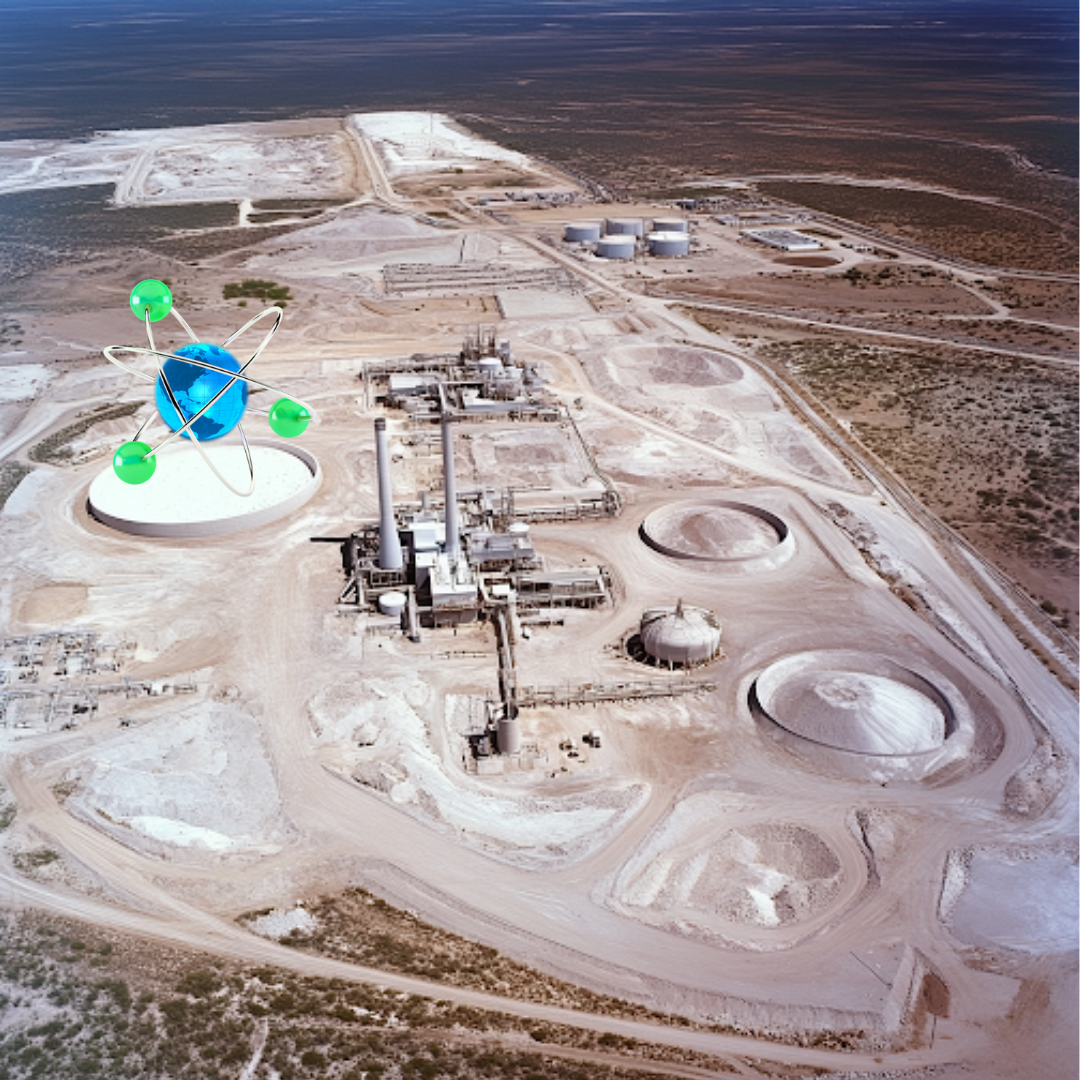
- Revival of Uranium Mines in South Texas: Dormant uranium mines are being revived to meet growing energy demands from industries like cryptocurrency mining, AI, and hydrogen production, driven by the broader national shift toward nuclear power as a zero-carbon energy source.
- Technological and Government Support for Nuclear Energy: Major tech companies (Google, Amazon, Microsoft) and the U.S. government are investing in small nuclear reactors to power energy-intensive data centers, with plans to triple the nation’s nuclear capacity by 2050, partially in response to disruptions in the global uranium supply due to the Russia-Ukraine war.
- Environmental Concerns and Local Opposition: The use of in-situ mining techniques by companies like Uranium Energy Corporation and enCore Energy to revive uranium production has raised concerns among local environmental groups about potential groundwater contamination, while the mining expansion plays a critical role in securing domestic uranium supplies for nuclear fuel production.
Dormant uranium mines in South Texas are being revived because of the increasing demand for energy from industries such as cryptocurrency mining, artificial intelligence, hydrogen production, and seawater desalination. This is part of a broader trend toward a national resurgence of nuclear power, which is seen as a reliable, zero-carbon energy source capable of meeting large-scale energy needs without producing harmful emissions.
Major tech companies like Google, Amazon, and Microsoft are investing heavily in small nuclear reactors to power their energy-intensive data centers. The U.S. government is also following, by funding the development of advanced small-scale reactors and setting a goal to triple the nation’s nuclear capacity by 2050. This shift to nuclear power is driven in part by the disruption of Russia’s uranium supply because of the ongoing war with Ukraine, highlighting the need for domestic uranium mining and enrichment.
Colin Leyden, Texas state director of the Environmental Defense Fund, highlights the urgency for nuclear energy, by stating, “There’s an urgent desire to find zero-carbon energy sources that aren’t intermittent like renewables. There aren’t a lot of options, and nuclear is one.” This growing interest in nuclear energy is part of a broader push to secure energy sources that can reliably meet the needs of large industries transitioning to low-carbon or carbon-free operations.
According to a report from the Texas Public Utility Commission, new nuclear reactors will most likely be built in ports and industrial complexes. “I think the vast majority of these nuclear power plants are going to be for things like industrial use,” states Cyrus Reed, an environmental lobbyist in the Texas Capitol, “A lot of large industries have corporate goals of being low carbon or no carbon, so this could fill in a niche for them.”
Despite efforts to create programs and funding for expanding Texas’ nuclear industry, the state won’t likely see its first commercial nuclear reactor until five years into the future. The resurgence of inactive uranium mines will come before the construction of new reactors, as the U.S. seeks to establish reliable domestic production and enrichment of uranium to create nuclear fuel.
Multiple dormant uranium mines in South Texas are being brought back to life, with companies like Uranium Energy Corporation and enCore Energy at the forefront. These companies are utilizing in-situ mining techniques, which involve injecting solvents into underground aquifers to extract uranium. While this method is considered safer and more environmentally friendly than traditional surface mining, it raises concerns amongst locals about potential contamination of groundwater with uranium, radium, and arsenic.
Local environmental groups remain opposed to the expansion of uranium mining in Texas, citing long-term risks to the water supply in the area. Uranium Energy Corporation plans to mine 420 acres of the Evangeline Aquifer, part of the Gulf Coast Aquifer system, between depths of 45 feet to 404 feet. enCore Energy has already started production in two South Texas sites in 2023 and 2024, with plans to expand to bring four more sites online by 2027.
The revival of these uranium mines is seen as a critical step toward ensuring reliable domestic uranium production and enrichment, free from foreign adversaries. As the U.S. seeks to secure its energy future and reduce dependency on international uranium sources, the expansion of uranium mining in Texas plays a crucial role in achieving energy independence and meeting energy demands of various industries.
